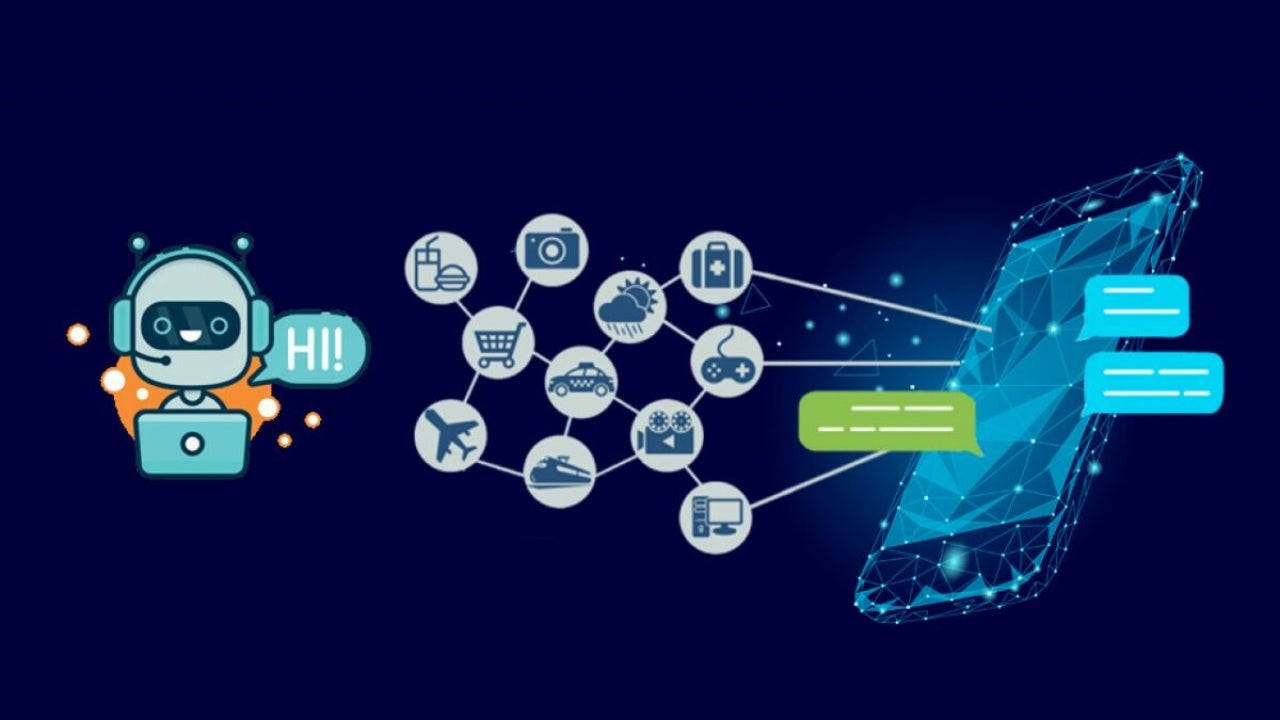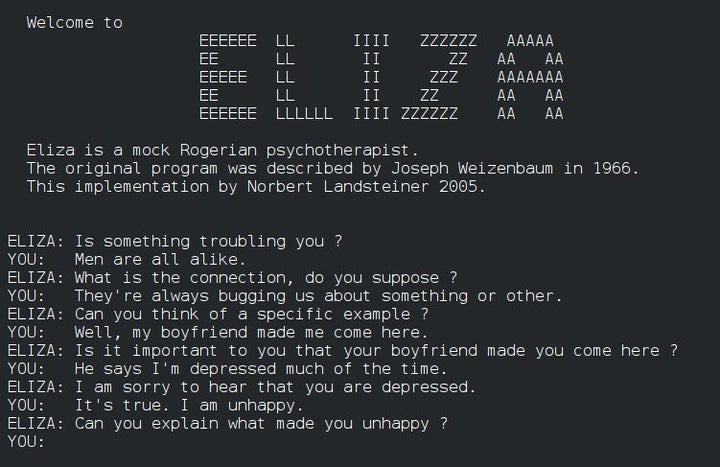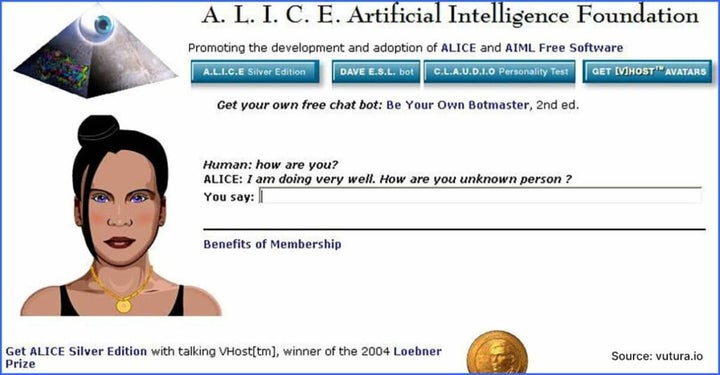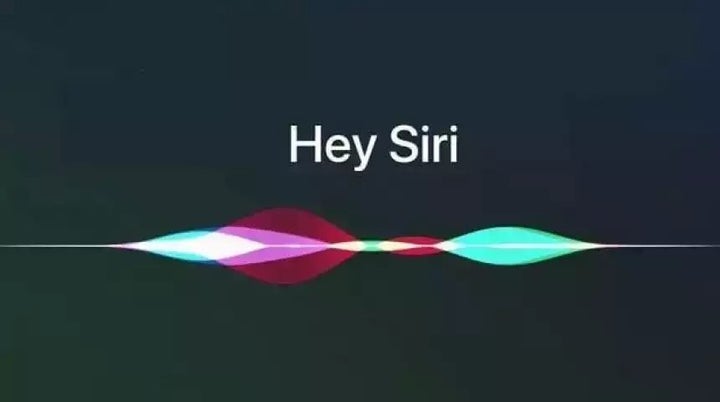News
The Evolution of Chatbot Technology: From ELIZA to ChatGPT

- January 22, 2023
- Updated: July 2, 2025 at 3:07 AM

Since the first modern computer was created in Germany in 1936, humans have been fascinated by them. Part of this fascination has been trying to find ways for these electro-mechanical binary programmable systems to be more useful, and a massive part of that has been trying to imbue these computers with some level of intelligence. That’s where the chatbot comes in.
We’ve succeeded, for the most part, with creations like ChatGPT. However, the history of chatbots is far more interesting than the accomplishments of one entity. The article below will explore the history of chatbots, their current iterations, and what the industry may look like in the future.
1966 – Eliza Chatbot
The very first functional chatbot was created in 1966. Its name was Eliza, and it was a popular feature on the Tandy/ Radioshack computers that populated American computer centers. Eliza was even mentioned in an episode of Young Sheldon where the lovable genius talked his parents into getting him the Tandy 1000SL.
Eliza was a primitive system created by Joseph Weizenbaum of the MIT Artificial Intelligence Laboratory. This chatbot functioned in such a way that it isolated a keyword from a user-generated prompt, and then provided a reply based thereupon. One notable instance within which Eliza is believed to have passed the famous Turing Test is when the program was introduced to one of Weizenbaum’s colleagues.
After two or three exchanges with Eliza, his colleague turned to him and said: ‘Would you mind leaving the room, please?’ Eliza’s responses had been so natural that Weizenbaum’s colleague felt as though she was communicating with a human.
Fun fact: The Turing Test is an assessment designed by Alan Turing to test whether a bot can pass as a human. If a human can communicate with the bot in such a way that they feel that the bot is another person, the test is passed. The Turing Test was initially called The Imitation Game.

1995 – ALICE
There were a number of chatbots between Eliza and this next example. However, for the sake of brevity, we’re only discussing those that represent a distinct new stage in chatbot evolution. To that end, the next chatbot is ALICE. This bot was inspired by Eliza, and was the first natural language-processing chatbot. It means that ALICE could analyze human language in order to synthesize it during the conversation.
This is a technique still used in chatbots today. By many accounts, communicating with ALICE was engaging and natural. The bot was able to apply heuristic pattern-matching rules so that it could mimic the human ability to use ‘mental’ shortcuts to form judgements and extract context. By even modern AI standards, ALICE is a marvel of the industry’s pursuit to mimic human communication.

2001 – Smarterchild
This was the year of ActiveBuddy’s Smarterchild, a chatbot available on AOL IM and MSN Messenger. The bot was able to carry out conversations in a fun manner as well as access other basic services. Smartchild is widely regarded as the precursor to Siri and Samsung’s S Voice utility.
2010 – Siri Chatbot
In 2010, Apple developed Siri and released the utility to iOS devices. Siri is a chatbot that communicates through a fairly realistic female synthesized voice. It can operate various features of your phone, and can connect to certain services to simplify your daily life. Siri was the first instance of a chatbot being integrated and accepted into mainstream users’ lives, and an iPhone may very well be a very different experience without it.
We’ve got numerous other chatbots like this now, such as S Voice for Samsung, Google Assistant for Android devices, and Cortana for Microsoft devices. Each of these has its own quirks and traits, but they all perform largely the same service, so we won’t focus too much on them.

2014 – Alexa
This is the year that Amazon Launched its Alexa smart speaker. Alexa is fairly similar to Siri and the rest of the mobile chat bot utilities, except she can do much more in a smart home. Alexa is designed to be paired with other smart devices in your home so that it can activate lights, operate appliances, and initiate various routines upon command to add convenience to your day.
Nowadays, there are more ways to interact with smart homes, such as Xiaomi’s Mi Home app and all its associated devices. Nonetheless, Alexa remains the preeminent smart home entity on the market.

2022 – CHatGPT Chatbot
In November 2022, OpenAI launched ChatGPT, a large language model that uses natural language processing to give the illusion of chatting with another human. This is one of the most advanced chatbots in current operation, and sets a new standard for the implementation of this type of technology.
ChatGPT was trained on copious amounts of internet data and language interactions. This results in a chatbot that can both communicate naturally and has access to enough data to answer questions and provide context on various topics. This chatbot is so advanced that it’s led to numerous conversations about the legality and morality of using AI.

The future
The future of AI chatbots is murky. OpenAI is relatively close to releasing the next iteration of its large language model, GPT-4, and Google has seen significant media coverage of its controversial LaMDA AI. The concern with LaMDA was sparked by a researcher on the project who claimed that the AI had become sentient.
We don’t know how sentience, consciousness, or awareness develops yet, and some believe it’s possible that AI could become sentient.
The more realistic future of AI, however, is that our method of experiencing it will change. Companies are already working on ways to integrate tech with the human body directly, and in the near future, we may interact with AI through neural implants or other biotechnological enhancements. We don’t know what the future of AI holds, but we can look to the industry’s leaders to see where it might be headed.
Latest from Russell Kidson
You may also like
 News
NewsCan you guess which streaming service we watch more than Netflix during the day?
Read more
 News
NewsThe Netflix Assassin's Creed already has lead actors
Read more
 News
NewsStranger Things returns for Christmas Eve with the Duffer brothers promising us an LGBTIQ+ resolution for the story
Read more
 News
NewsOne of the games canceled by Microsoft this year might have been closer to completion than we imagined
Read more
 News
NewsThe most acclaimed film by Christopher Nolan was going to be directed by Steven Spielberg
Read more
 News
NewsWorld of Warcraft announces a new open world system
Read more